Quck answer
Marsupial Pictures showcase the unique and fascinating animals that make up the marsupial family. Marsupials are mammals that carry and nurse their young in a pouch, and include iconic animals such as kangaroos, wallabies, and wombats. Marsupial Pictures can depict these creatures in their natural habitats, as well as in zoos and wildlife parks. They can be used for educational purposes, as well as for aesthetic enjoyment. Many Marsupial Pictures also highlight the conservation efforts being made to protect these animals and their habitats.
Images of Wild Animals

Cyril Ruoso/JH Editorial/Getty Images
Koalas have pouches for their young, but their pouches differ from kangaroos because they open to the rear. The next animal is often confused with a kangaroo.

Joseph Van Os/Getty Images
Wallabies can have a length of 4.5 feet (1.4 meters), including a 29-inch (74-centimeter) tail, but some are as small as house cats. The next section discusses the marsupials found in the Americas.
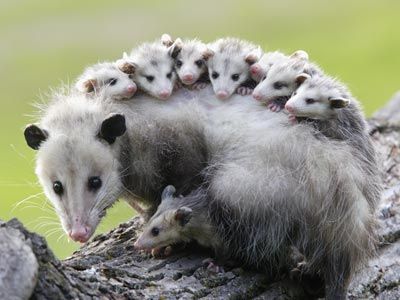
Frank Lukasseck/Getty Images
Opossums are related to Australian marsupials, such as kangaroos and phalangers, which are also called Australian opossums. The next section features one of Australia’s most well-known marsupials.

Paul Souders/Getty Images
Kangaroos are the only large mammals that use pogo-stick-styled locomotion. A kangaroo hop can move it 25 feet (7.6 meters) forward and 6 feet (1.8 meters) high. The following section features a devilish marsupial.
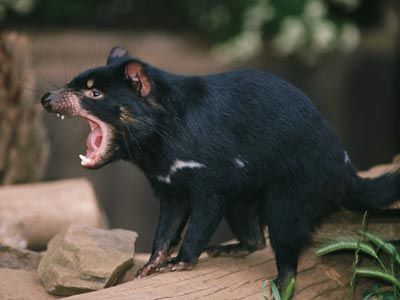
PhotoLink/Getty Images
The Tasmanian devil was once found on the Australian mainland, but it is now only present in Tasmania. Its ferocious appearance and dark color give it the name “devil.” The next marsupial is known for tapping eucalyptus trees.

Joe McDonald/Getty Images
Sugar gliders, another type of possum, use their teeth to tap eucalyptus trees for their sap. The next section reveals which marsupial is also called a “native cat.”
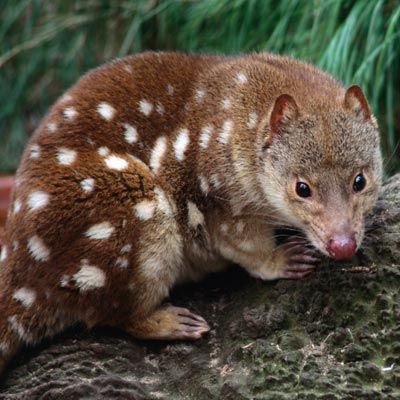
Mitch Reardon/Getty Images
Quolls rest in tree hollows during the day and feed on insects, rodents, and domestic chickens at night. The next section tells which marsupial is between a wallaby and a kangaroo in size.

Gerry Ellis/Getty Images
The wallaroo’s name is a combination of wallaby and kangaroo. They are larger than wallabies but smaller than gray and red kangaroos. The next section features a pygmy-size marsupial.

Gerry Ellis/Getty Images
The pygmy honey possum usually weighs less than 2 ounces (57 grams) and feeds on flowering scarlet banksia in Western Australia. The next section presents a relative of the Tasmanian devil and quoll.

Jason Edwards/Getty Images
An endangered mulgara is foraging and hunting on an Australian sand dune. The next section highlights the marsupial known as the “banded anteater.”
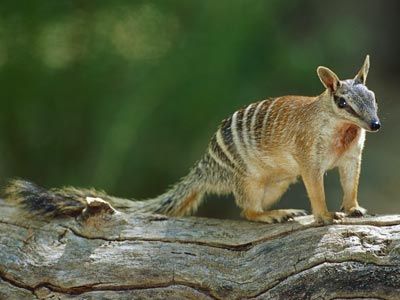
Cyril Ruoso/JH Editorial/Getty Images
The numbat loves the taste of termites and ants and is also known as the “flying mouse.” The next section features the world’s smallest gliding mammal.

Jason Edwards/Getty Images
The feather-tail glider is the world’s smallest gliding mammal and feeds on a tree branch. The next section discusses another kangaroo relative.
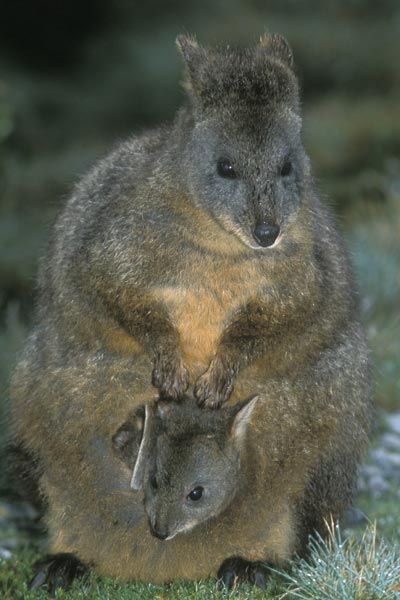
Kevin Schafer/Getty Images
Most female marsupials carry and nurse their young inside an abdominal flap of skin called the abdominal pouch. The next section reveals the marsupial that is an expert tunnel-digger.

DEA/C.DANI-I.JESKE/Getty Images
The wombat spends its days sleeping in a burrow beneath the ground and comes out at night to eat different kinds of food such as grass, roots, bark, and fungi. Some wombat burrow systems can be as long as 100 feet (30 meters)! Look for the next animal that also lives in a burrow.

Jason Edwards/Getty Images
A greater bilby, an endangered marsupial related to the bandicoot, lands after taking a small jump. Do you know which kangaroo species prefers to live high up in the trees? You’ll find out about this marsupial in the following paragraph.
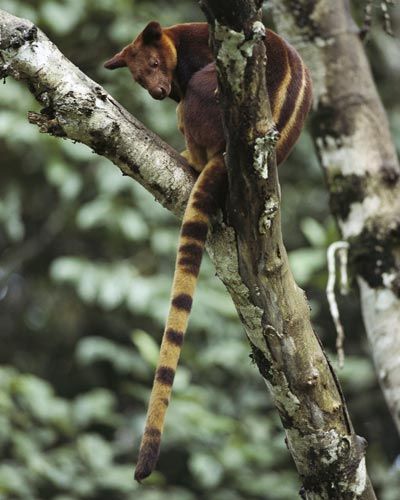
Gerry Ellis/Getty Images
Tree kangaroos can jump from one tree to another, covering a distance of up to 40 feet (12.2 meters). On average, tree kangaroos grow to be 4 feet (1.2 meters) long, including their 24-inch (61-centimeter) tail. The next animal you’ll learn about is a wallaby that jumps among rocks.
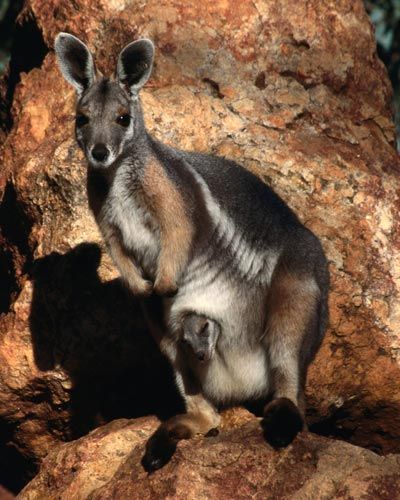
Mitch Reardon/Getty Images
Rock wallabies have rough pads on the soles of their feet that help them grip rough and jagged rocks while protecting their feet. Finally, you’ll read about a marsupial that doesn’t have melanin in its fur in the next paragraph.

Gary Vestal/Getty Images
This albino koala, which is born with white fur instead of its typical ashy gray fur, is a rare sight. According to researchers, albinism occurs in one out of every 10,000 mammals.
FAQ
1. What are marsupials?
Marsupials are a group of mammals that are characterized by giving birth to undeveloped young that then crawl into a pouch on the mother’s belly to continue development. Examples of marsupials include kangaroos, wallabies, and opossums.
2. Are all marsupials found in Australia?
No, although Australia has the highest diversity of marsupials, they can also be found in South America and North America. Some examples of non-Australian marsupials include the opossum and shrew opossum in North America, and the shrew opossum and water opossum in South America.
3. What are some interesting facts about marsupials?
One interesting fact is that the kangaroo is the largest marsupial, with some species reaching up to six feet tall. Another fact is that the female opossum has a bifurcated reproductive tract, which allows her to give birth to two litters at once, with each litter developing in a different side of her uterus.
4. How do marsupials differ from placental mammals?
Marsupials differ from placental mammals in that their young are born undeveloped and must continue development inside the mother’s pouch. Placental mammals, on the other hand, give birth to more developed young that receive nutrients from the mother through a placenta.
5. Are there any endangered marsupials?
Yes, there are several endangered marsupials, including the Tasmanian devil, the numbat, and the bilby. Habitat loss, disease, and introduced predators are some of the threats facing these species.
6. What is the most well-known marsupial?
The most well-known marsupial is likely the kangaroo, which is a symbol of Australia and is featured on the country’s coat of arms. Other well-known marsupials include the wallaby, koala, and opossum.
7. Can marsupials be kept as pets?
In general, it is not recommended to keep marsupials as pets. Many species have specific dietary and environmental needs that are difficult to replicate in a home setting. In addition, some species, such as the opossum, can carry diseases that are transmissible to humans.





Leave a Reply